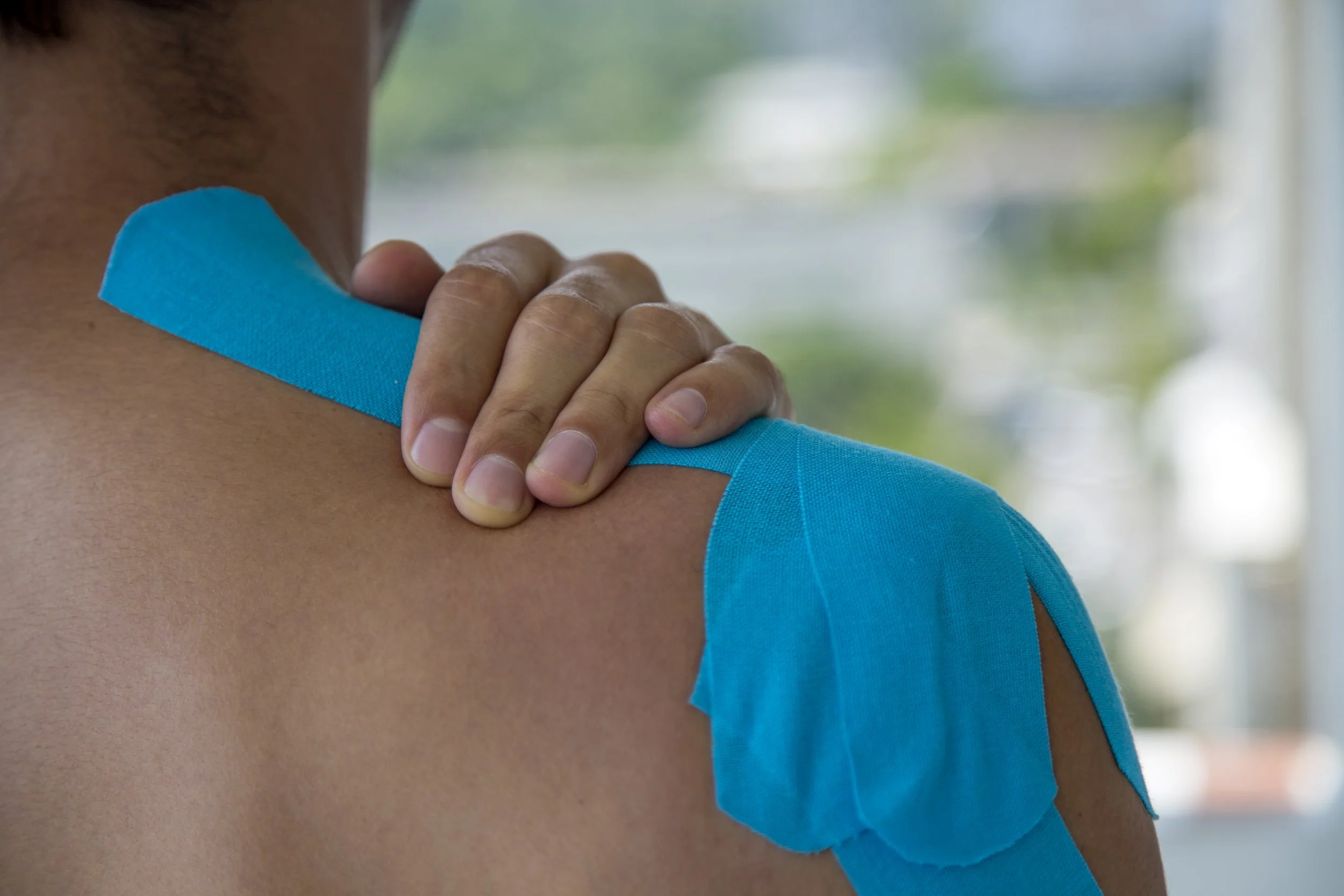The Acromioclavicular Joint (AC joint) is the joint located at the top of the shoulder where the clavicle (collarbone) meets the acromion process of the scapula (shoulder blade). AC joint injuries, also known as shoulder separations, occur when there is damage or disruption to the ligaments that support this joint. These injuries are common, especially in individuals who engage in sports or activities that involve repetitive overhead movements or direct trauma to the shoulder.
Types of AC Joint Injuries:
Grade 1: Mild sprain or slight stretching of the ligaments. The joint remains stable, and there is no significant deformity.
Grade 2: Partial tearing of the ligaments, leading to some joint instability and mild deformity.
Grade 3: Complete rupture of the ligaments, resulting in significant joint instability and noticeable deformity.
Causes of AC Joint Injuries:
Direct trauma: Falling on an outstretched hand, landing on the shoulder, or being involved in contact sports.
Repetitive overuse: Activities such as weightlifting, swimming, or throwing sports that place repetitive stress on the shoulder joint.
Symptoms of AC Joint Injuries:
Pain at the top of the shoulder, especially with movement or pressure on the joint.
Swelling and tenderness around the AC joint.
Limited range of motion in the shoulder.
A visible or palpable deformity, particularly in higher-grade injuries.
Pain or discomfort when lifting objects or performing overhead activities.
Diagnosis: AC joint injuries are typically diagnosed through a combination of medical history, physical examination, and imaging studies. The doctor may perform tests to assess the range of motion, stability, and tenderness of the joint. X-rays or other imaging modalities such as MRI or ultrasound may be used to evaluate the severity of the injury and assess for associated fractures or soft tissue damage.
Treatment:
Grade 1: Rest, ice, compression, and elevation (RICE) along with over-the-counter pain relievers may be sufficient. Physical therapy exercises may be prescribed to regain strength and mobility.
Grade 2: RICE, pain management, and immobilization with a sling or brace to allow healing. Physical therapy exercises are generally recommended after a few weeks of immobilization.
Grade 3: Treatment may involve a combination of conservative management and surgical intervention, depending on various factors such as patient age, activity level, and associated injuries. Surgery may involve stabilizing the joint using screws, plates, or other techniques.
Recovery and Rehabilitation: Recovery time varies depending on the severity of the injury and the treatment approach. Grade 1 injuries typically heal within a few weeks, while Grade 2 injuries may require several weeks to a few months. Grade 3 injuries may take several months to heal fully. Physical therapy plays a crucial role in rehabilitation, focusing on restoring range of motion, strength, and functional abilities of the shoulder joint.
It's important to consult with a healthcare professional for an accurate diagnosis and appropriate treatment plan for AC joint injuries, as individual cases may vary.

